Join us May 28th at 2:15 for “Flipping Learning to Read” at the “Straight Talk by the Experts” virtual conference. Attendance is just $10 which will be donated to helping Covid heroes. For more information: https://www.implicity.org/straighttalk.htm
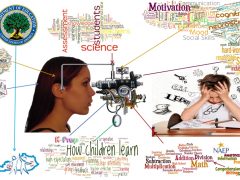

Join us May 28th at 2:15 for “Flipping Learning to Read” at the “Straight Talk by the Experts” virtual conference. Attendance is just $10 which will be donated to helping Covid heroes. For more information: https://www.implicity.org/straighttalk.htm
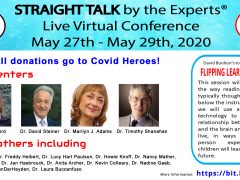
HELP COVID 19 HEROES – JOIN US LIVE FOR “FLIPPING LEARNING TO READ”
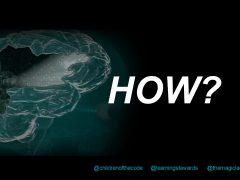
How is it that as your eyes look at this c-o-d-e YOUR inner voice speaks MY words? Do you have a good understanding of how your brain does this? How your brain, like an MP3 player “runs” this c-o-d-e, and “plays” my words into your mind? If you don’t understand reading as an “artificially” seeded, […]

Webpages – Articles – Stories – Lessons – Guides – Manuals – Courses – Journals – Blogs – Ezines – Tests – Epubs – Surveys – Assessments – Newsletters – Advertisements – Announcements. QUESTION 1: If people with lower literacy skills or limited English could read your content would they enjoy or benefit from doing so? QUESTION […]
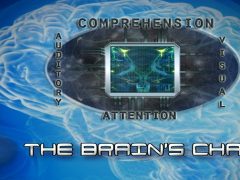
Back to Part 2: A Warning Shot from the Bush Administration Everyone we interviewed agreed: a significant component of the challenge of learning to read (English) is recognizing unfamiliar words fast enough to keep comprehension primed and flowing. What most challenges the brain and causes the processing delays that “stutter” the flow of reading, […]
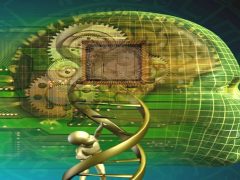
Back to Part 1: Children of the Code Though most of our work was very well received, the more we explored the most common “brain processing challenge” involved in learning to read, the more we started to experience resistance. We first noticed this as we began to interview people who didn’t agree with the National […]
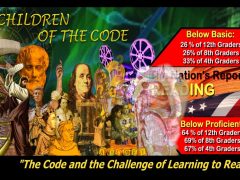
The “Children of the Code” project conducted over one hundred in-depth interviews with leading scientists and scholars whose expertise contributed to our prevailing understanding of the “the code and the challenges involved in learning to read it”. Children of the Code Interviewees “This program and the kind of effort that you’re doing seems to be […]
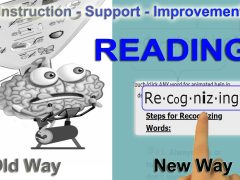
Interactive Orthography: Training Wheels for Learning to Read and A Safety Net for Reading to Learn. Background: https://www.learningstewards.org/interactiveorthography/ Library: https://mlc.learningstewards.org/ Use it. Share it. Support it. PLEASE HELP US Learning Stewards is a 501(c)(3) non-profit that depends on the support of people like you. Please donate whatever you can. IT’S TAX DEDUCTIBLE Turn your Amazon shopping into […]
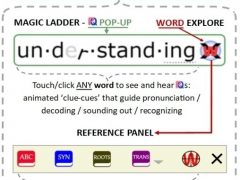
Imagine how different everything about literacy learning (and teaching) would be if the orthography was itself able to interactively guide and support learners through learning to recognize and understand any unfamiliar word they encounter. Interactive Orthography
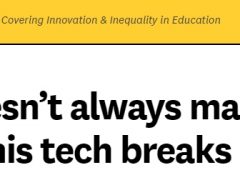
Using today’s inexpensive digital technology we can easily add another ‘learner’s layer’ to English orthography and completely reimagine literacy learning through the lens of what ‘hyper-orthography’ makes possible.
